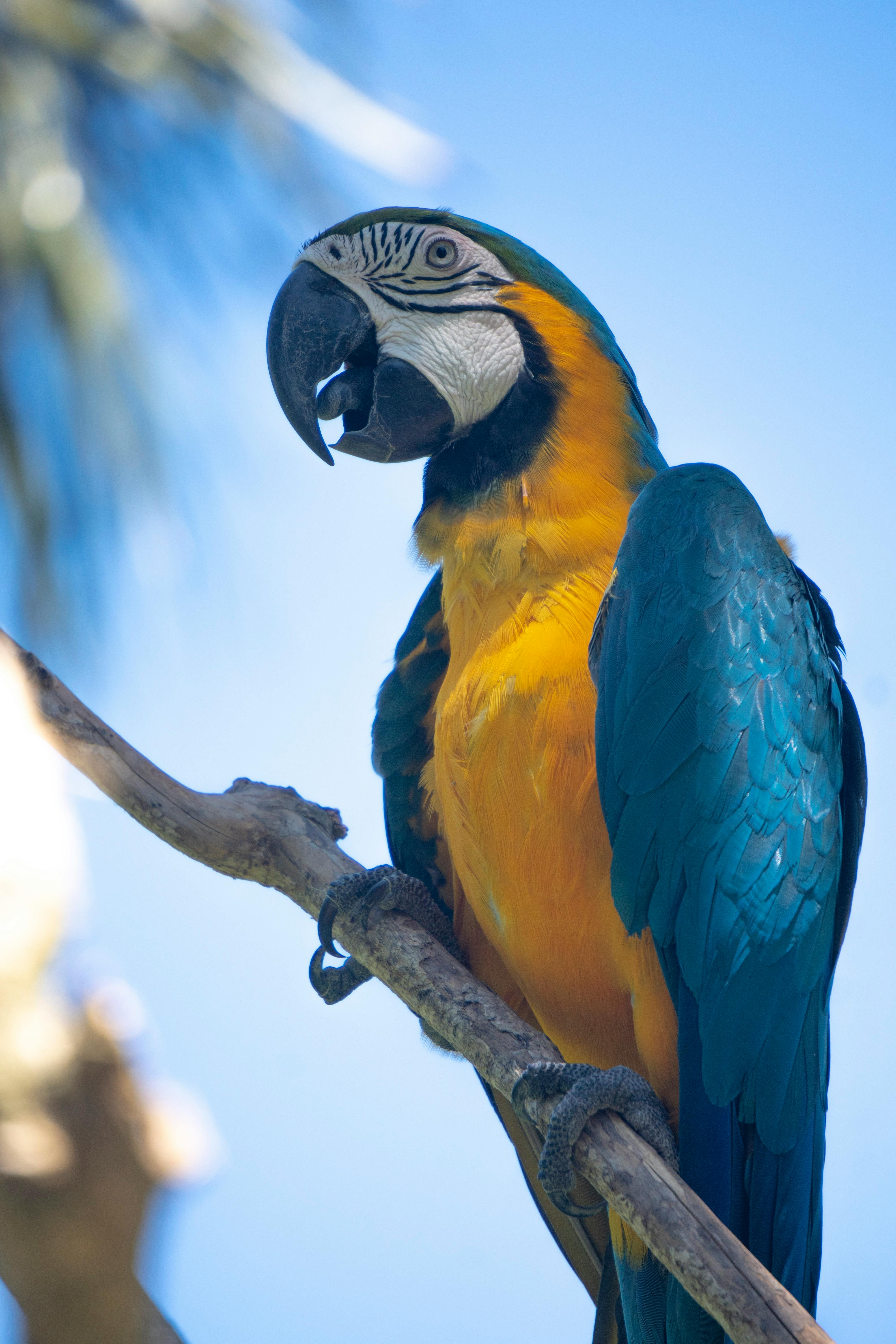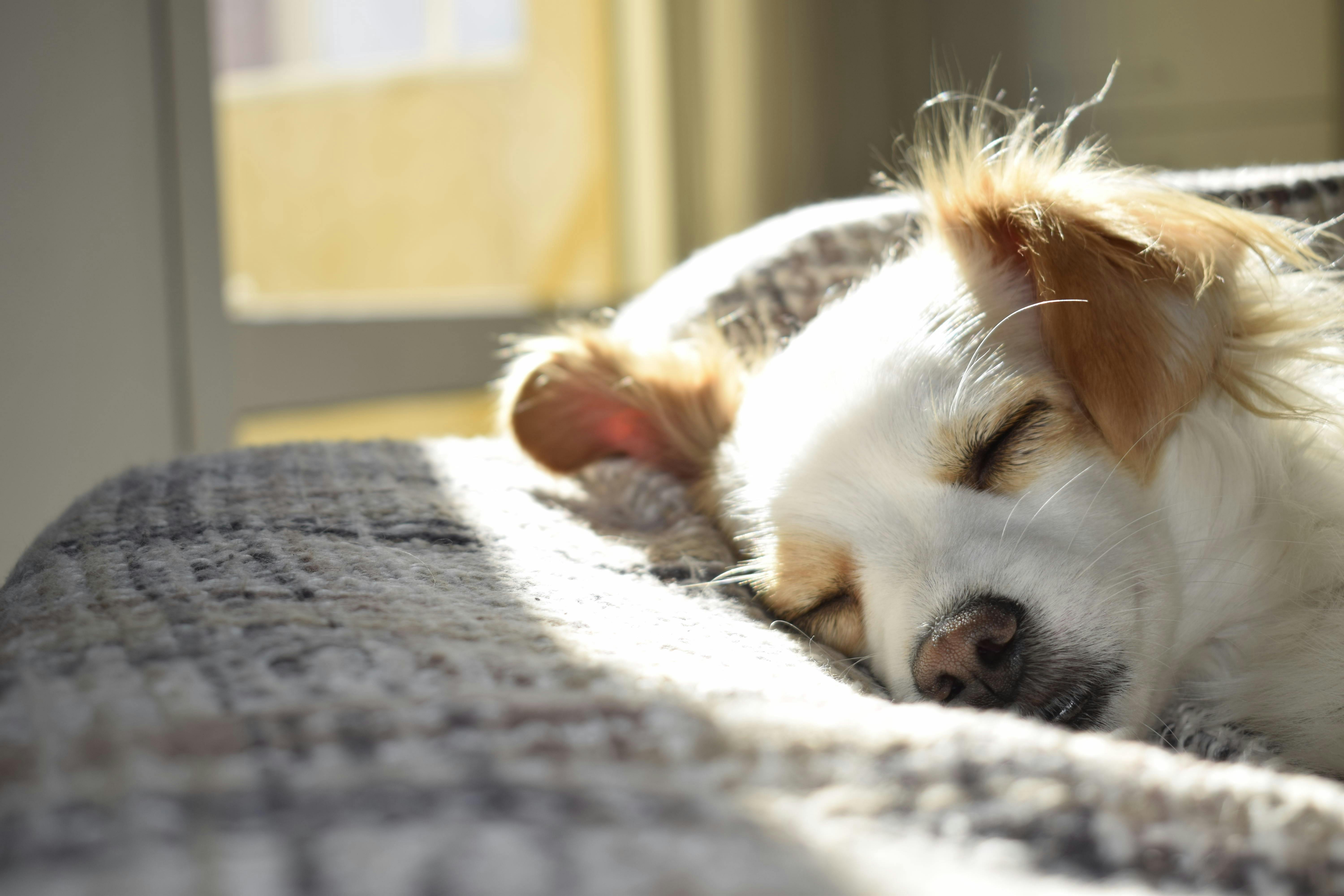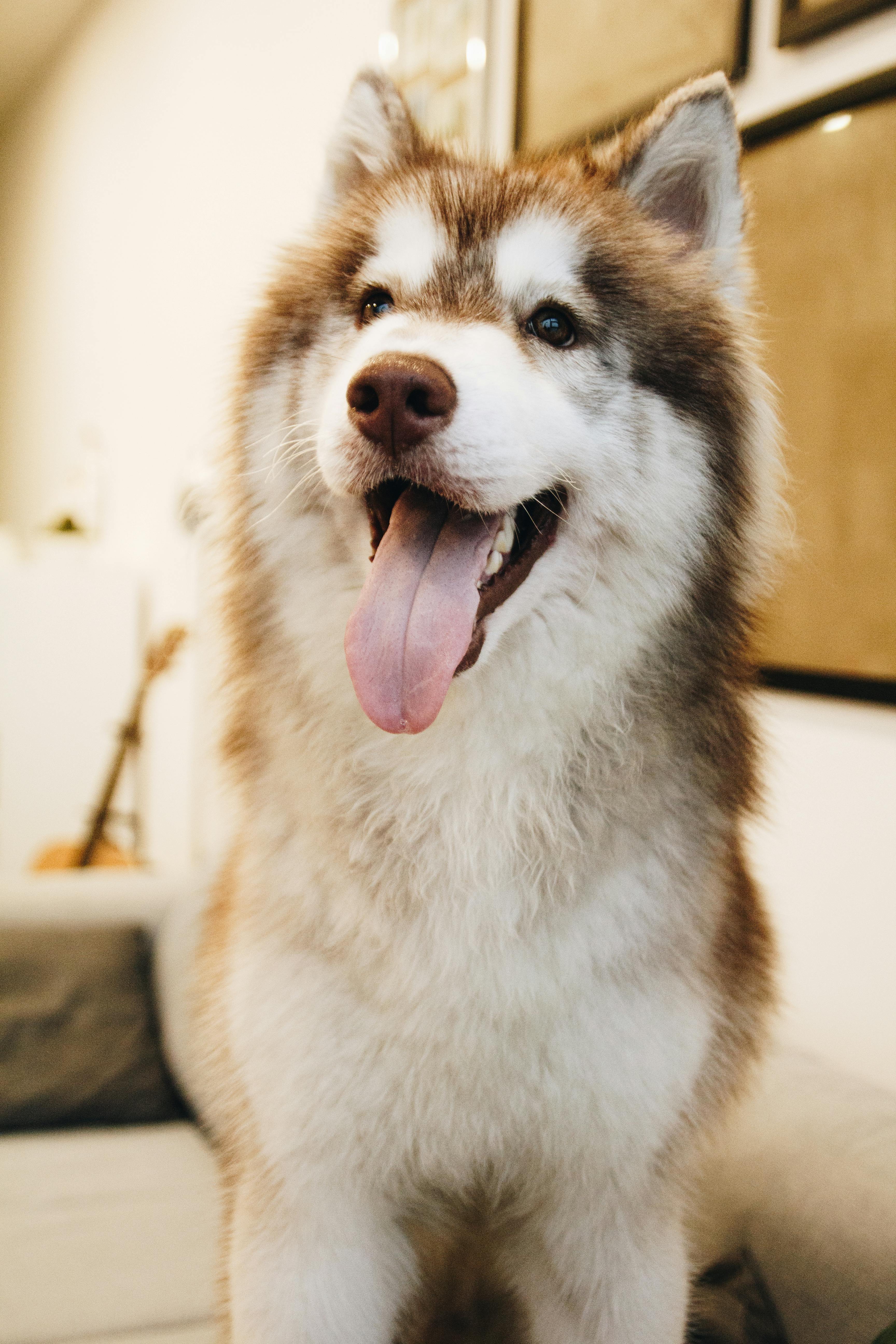
I. Selecting the Right Bird Species
- Understanding Bird Species: Different bird species have distinct characteristics and requirements. For example, parrots are generally intelligent and good at learning languages and imitating sounds, but they need a lot of interaction and attention. Canaries are renowned for their beautiful songs and are relatively easy to keep. Chinese Hwamei birds have unique appearances and singing characteristics, yet they have certain requirements for the environment and feeding methods.
- Considering Your Own Conditions: Choose a bird species according to your living environment, available time, and experience. If you have a small living space, it is suitable to select a small-sized bird. If you are busy with work, it is not advisable to choose a species that requires a great deal of companionship. Meanwhile, ensure that you have enough time and energy to take care of the bird.
II. Providing a Suitable Living Environment
- Selecting the Birdcage: The size and shape of the birdcage should be chosen according to the species and size of the bird. Generally speaking, the cage should be spacious enough for the bird to move freely and stretch its wings. The material of the cage should be sturdy and safe, and the gaps should not be too large to prevent the bird from escaping. At the same time, choose a birdcage that is easy to clean to maintain the hygiene of the bird's living environment.
- Arranging the Inside of the Birdcage: Install perches in the birdcage to provide a place for the bird to rest and stand. The thickness of the perches should be suitable for the bird to grip. You can also place some toys in the cage, such as swings and bells, to enrich the bird's life and prevent it from getting bored. In addition, lay clean bedding at the bottom of the cage, such as newspapers, paper towels, or specialized bird bedding, to absorb feces and keep it clean.
III. Reasonable Diet Management
- Choice of Staple Food: Different bird species have different eating habits. Most grain-eating birds mainly feed on various grains and seeds, such as millet, barnyard grass, and rice. Insectivorous birds need to be fed insects or insect larvae. Some omnivorous birds eat both grains, fruits, and insects. Provide the corresponding staple food according to the species of the bird you keep, and ensure the freshness and cleanliness of the food.
- Adding Supplementary Food: In addition to the staple food, you also need to add some supplementary food to the bird to ensure a balanced diet. For example, you can provide fresh fruits and vegetables to the bird, such as apples, bananas, and spinach leaves, but pay attention to the appropriate amount to avoid overfeeding, which may cause diarrhea in the bird. Moreover, some birds need to supplement nutrients such as calcium and vitamins, which can be achieved by adding specialized bird nutrient supplements to their food.
- Providing Drinking Water: It is very important to provide clean and fresh drinking water for the bird. Change the water regularly to keep it clean and hygienic, and prevent the growth of bacteria and parasites in the water. Specialized bird water dispensers can be used, which can not only ensure that the bird has sufficient water to drink at any time but also prevent the water from being contaminated.
IV. Daily Care and Health Management
- Regularly Cleaning the Birdcage: Maintaining the cleanliness of the birdcage is an important measure to prevent diseases. Regularly clean the feces, food residues, and fallen feathers in the birdcage. Wipe the cage and internal facilities with a mild disinfectant, and then rinse it thoroughly with clean water to ensure that there is no residual disinfectant. At the same time, change the bedding frequently to keep the bottom of the cage dry.
- Observing the Bird's Health Condition: Observe the bird's mental state, appetite, and feces every day to detect any abnormalities in a timely manner. If the bird shows symptoms such as listlessness, loss of appetite, fluffed-up feathers, or abnormal feces, it may be sick, and you need to consult a veterinarian or take the bird to a pet hospital for examination and treatment.
- Preventing Diseases: Regularly deworm the bird both internally and externally to prevent parasitic infections. Also, pay attention to maintaining the hygiene of the environment around the birdcage to avoid the bird coming into contact with pathogens and harmful substances. In addition, do not expose the bird to extremely cold, hot, or humid environments for too long to avoid causing colds or other diseases.
V. Establishing a Good Relationship with the Bird
- Gradually Getting Familiar with the Environment: A newly arrived bird needs some time to adapt to the new environment. In the first few days after the bird arrives home, do not disturb it too much, and let it gradually get familiar with everything around it in a quiet environment. You can observe the bird's behavior from a distance to let it get used to your presence slowly.
- Gentle Interaction: When the bird has adapted to the environment, you can start gentle interaction with it. For example, talk to it in a gentle voice, and slowly put your hand into the cage to let the bird get familiar with your smell and touch. But be careful not to startle the bird suddenly, and move gently and slowly. You can gradually build trust with the bird through feeding, playing, and other means.
- Appropriate Training: According to the species and characteristics of the bird, you can conduct some simple training, such as teaching it some basic commands, like perching on your hand or entering the cage. Use positive reinforcement methods during the training process, such as giving food rewards or praise, so that the bird can gradually understand your requirements and be willing to cooperate with you. Through training, you can enhance the interaction and connection between you and the bird, making the experience of keeping birds more interesting.
Keeping birds requires patience, care, and love. Only by understanding and mastering these basic knowledge can you provide a good living environment for the birds and enable them to live a healthy and happy life.







